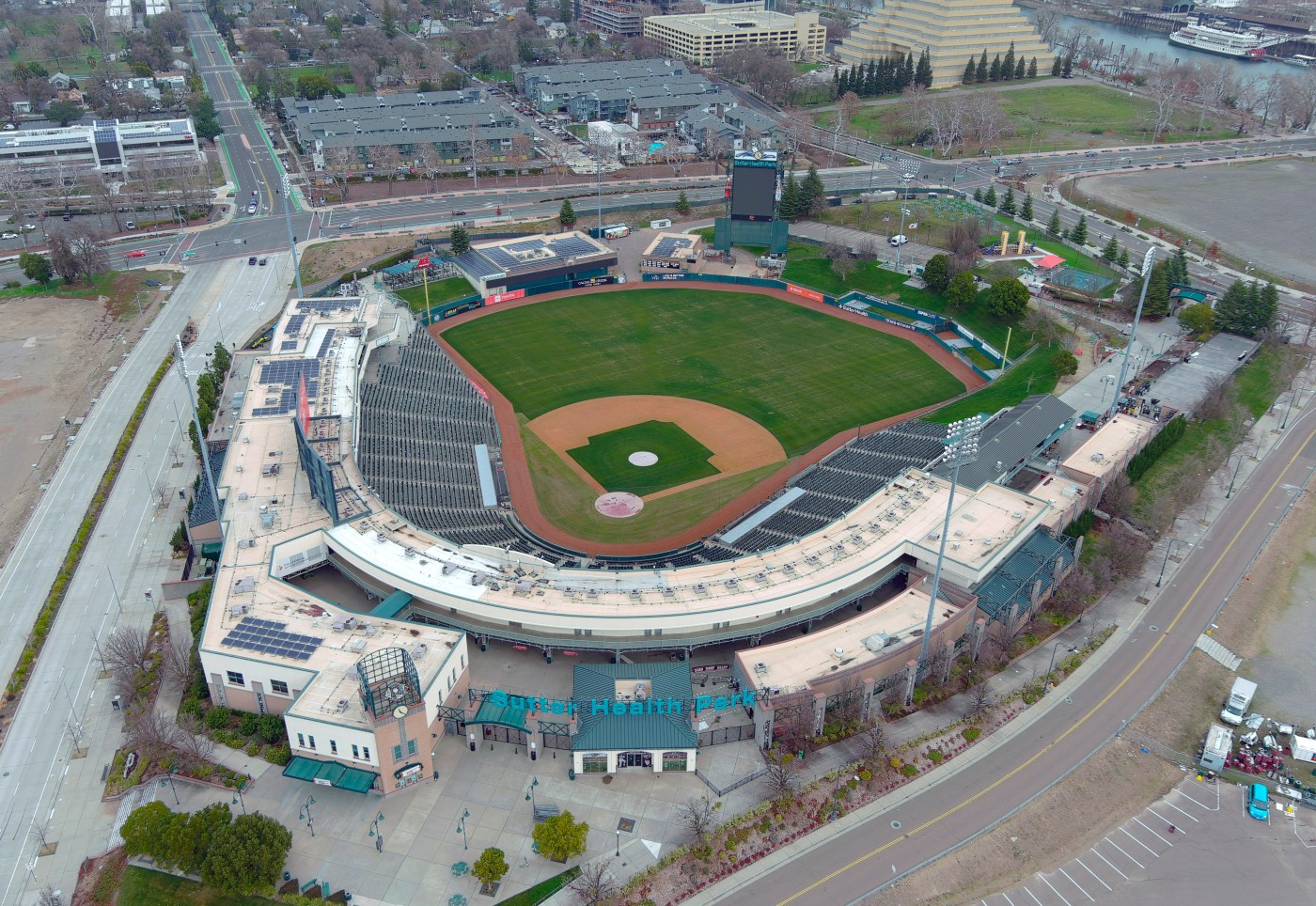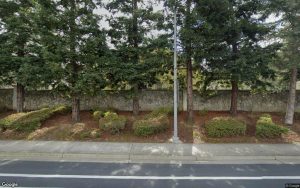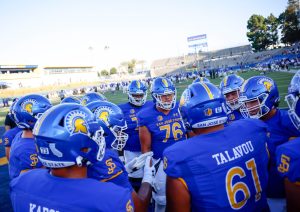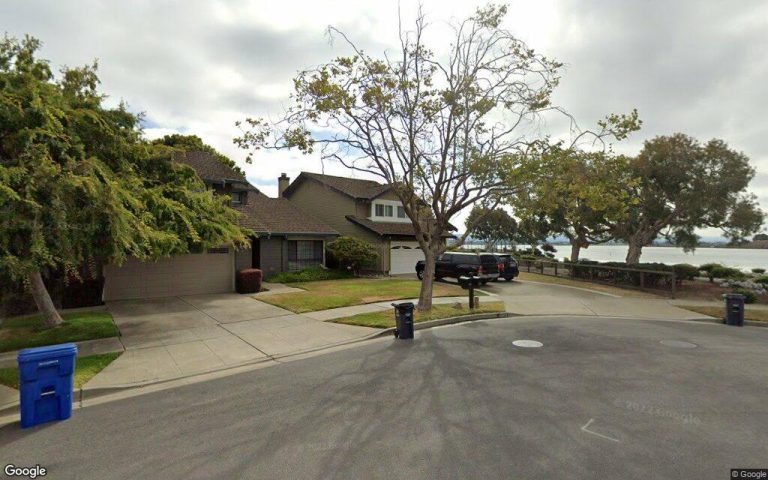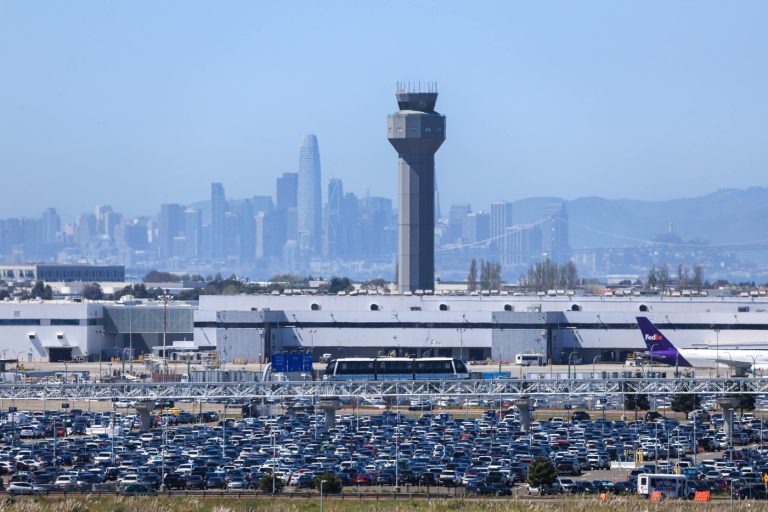For a few hours on Thursday, A’s fans, desperate to keep their team in Oakland, saw a glimmer of hope.
But by midday, Major League Baseball shot down a report that the A’s temporary move to Sacramento is falling apart and the team might be willing to revisit staying in the East Bay with the Coliseum soon to be under new ownership.
“It is a certainty that the A’s will play their 2025 season in Sacramento as planned,” the league said in a statement. “MLB is continuing to work productively with the MLBPA on the details of the transition.”
Earlier in the day, Sacramento radio station KFBK reported that the agreement to bring the A’s to West Sacramento is in jeopardy because of concerns about playing conditions raised by the MLB Players Association.
While the A’s and Major League Baseball dismissed the report, the league conceded an agreement with the players association still isn’t in place four months after the team announced it would play in Sacramento for at least three seasons before the ultimate goal of permanently relocating to Las Vegas. It’s worth noting that the MLBPA can raise issues, but does not have the power to veto the A’s move to the home ballpark of the Giants’ Triple-A affiliate.
According to the report from KFBK, the MLBPA has not yet agreed to the upgrades that the A’s have said they would make to Sutter Health Park, which includes clubhouse facilities and the installation of new artificial turf. There are concerns that during the summer, temperatures could reach well over 100 degrees on the playing surface.
The report comes days after Sports Illustrated reported that any potential home playoff games the A’s might play in Sacramento could be held at a neutral site. Seating capacity at Sutter Health Park is about 14,000 including the grass berm beyond the outfield wall and standing room areas.
Super agent Scott Boras, in an interview that aired Thursday morning on KFBK, suggested not only that the A’s might not play in Sacramento next season as planned, but that the team might rekindle talks to remain in Oakland once the African American Sports and Entertainment Group officially takes ownership of the Coliseum next month.
“There’s a new party that owns the Coliseum that is now ready and willing to negotiate with the A’s that wasn’t before,” Boras said.
AASEG will have control of the 58-year-old stadium beginning on Oct. 1. An A’s extended lease at the Coliseum could be tricky because the second-division men’s soccer franchise Oakland Roots SC agreed this month to play home games on the field in 2025.
AASEG inked an “acquisition agreement” with the A’s, finalizing a landmark $125 million sale.
When asked why the A’s would consider going back to the Coliseum, Boras said, “Because they get their full TV rights, and it may be a better deal on that stadium. It depends a lot on the contract agreement and what the commissioner’s authority would be. But I think the Oakland A’s are now going to get a great deal from the Coliseum ownership group where they would certainly want the team there. They would have their team offices there. Everything works for them.”
Related Articles
SF Giants’ Encarnacion flashes big power while achieving rare feat with HR vs. Brewers
Ramos, SF Giants go outside-the-box in romp over Brewers
Behind McCann’s two-run blast, A’s continue playing spoiler to contending Astros
SF Giants send controversial City Connect uniforms out with a whimper in loss to Brewers
SF Giants injury notes: Tom Murphy reflects on ‘tough’ year, updates on Birdsong, Hicks, Ray
The A’s and RiverCats are scheduled to play a total of 156 games at the West Sacramento stadium next season.
Boras, an Elk Grove native, cited concerns about the potential conditions on the playing surface during the hot summer months as a primary concern of the players association.
“That hot sun at Sutter Health Stadium, my God, it gets 120-130 degrees,” he told KFBK. “We have no Major League fields that are AstroTurf that are outdoors, they’re all indoors. We’re talking about players that have millions and millions of asset value to teams and to themselves.
“The other thing is the facilities have to have massive indoor room so the players can work out, the players can do all their pre-game in proper environments. And you’re having a shared facility where you’re having multiple teams playing in one place. All those things are unknowns.”
